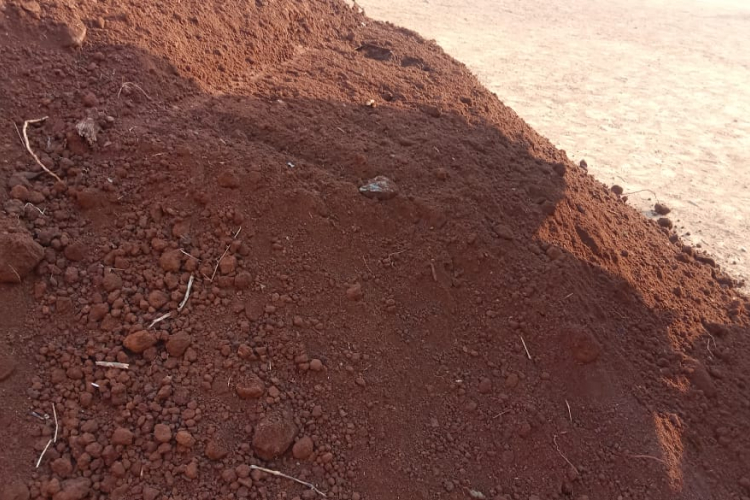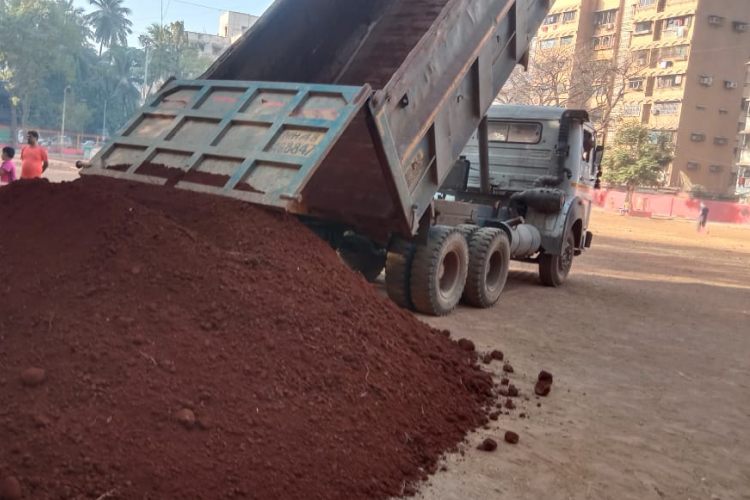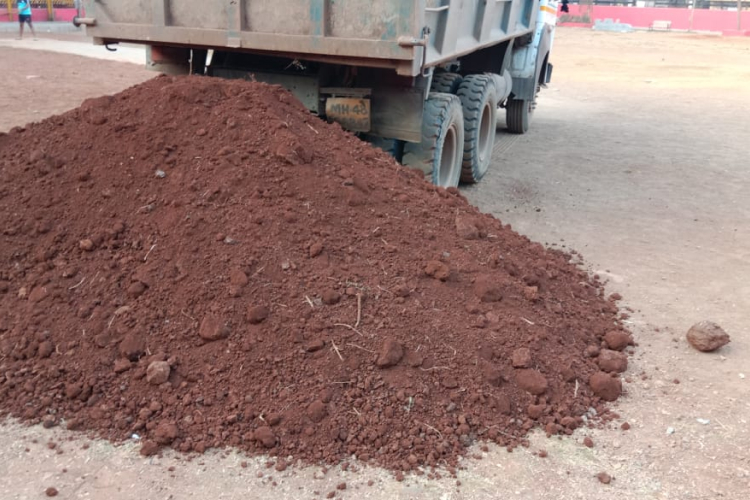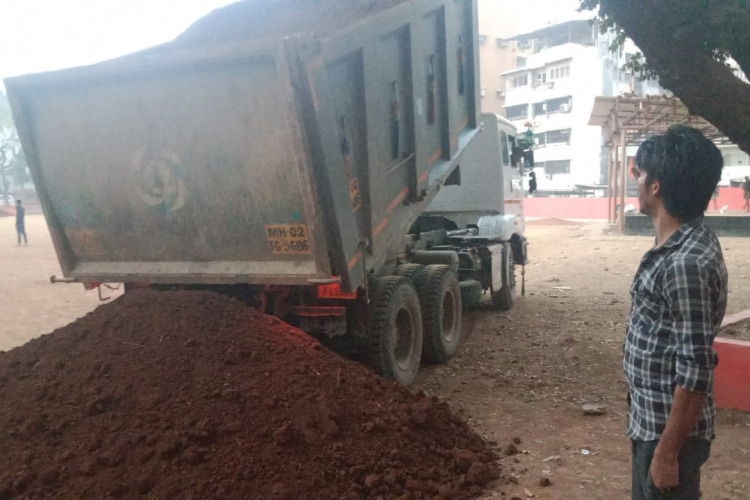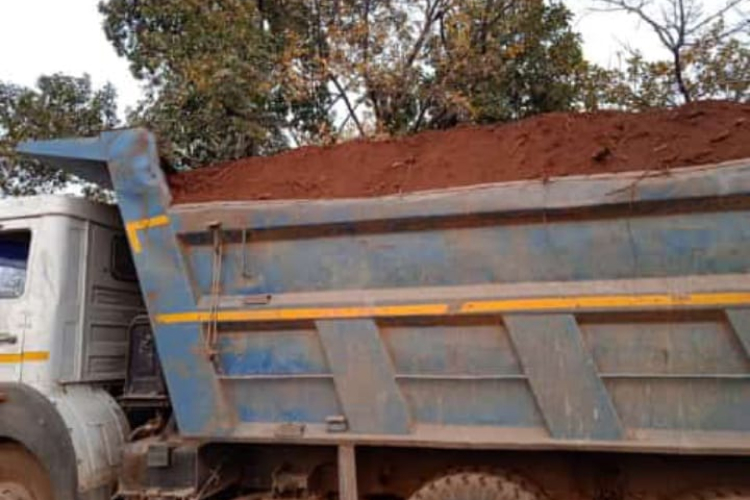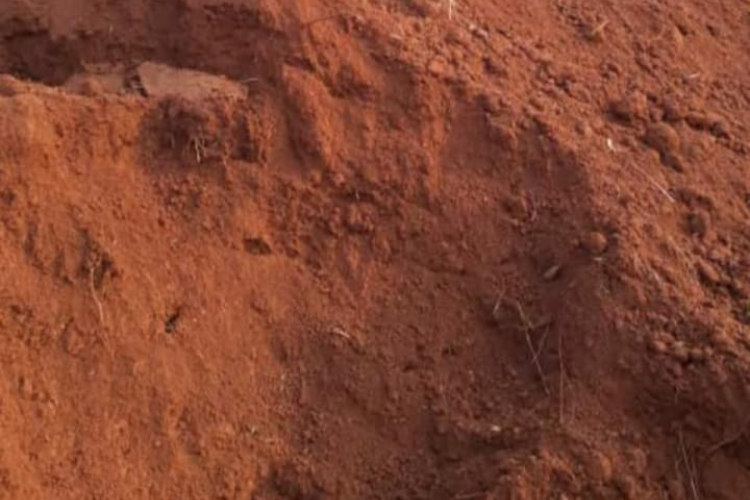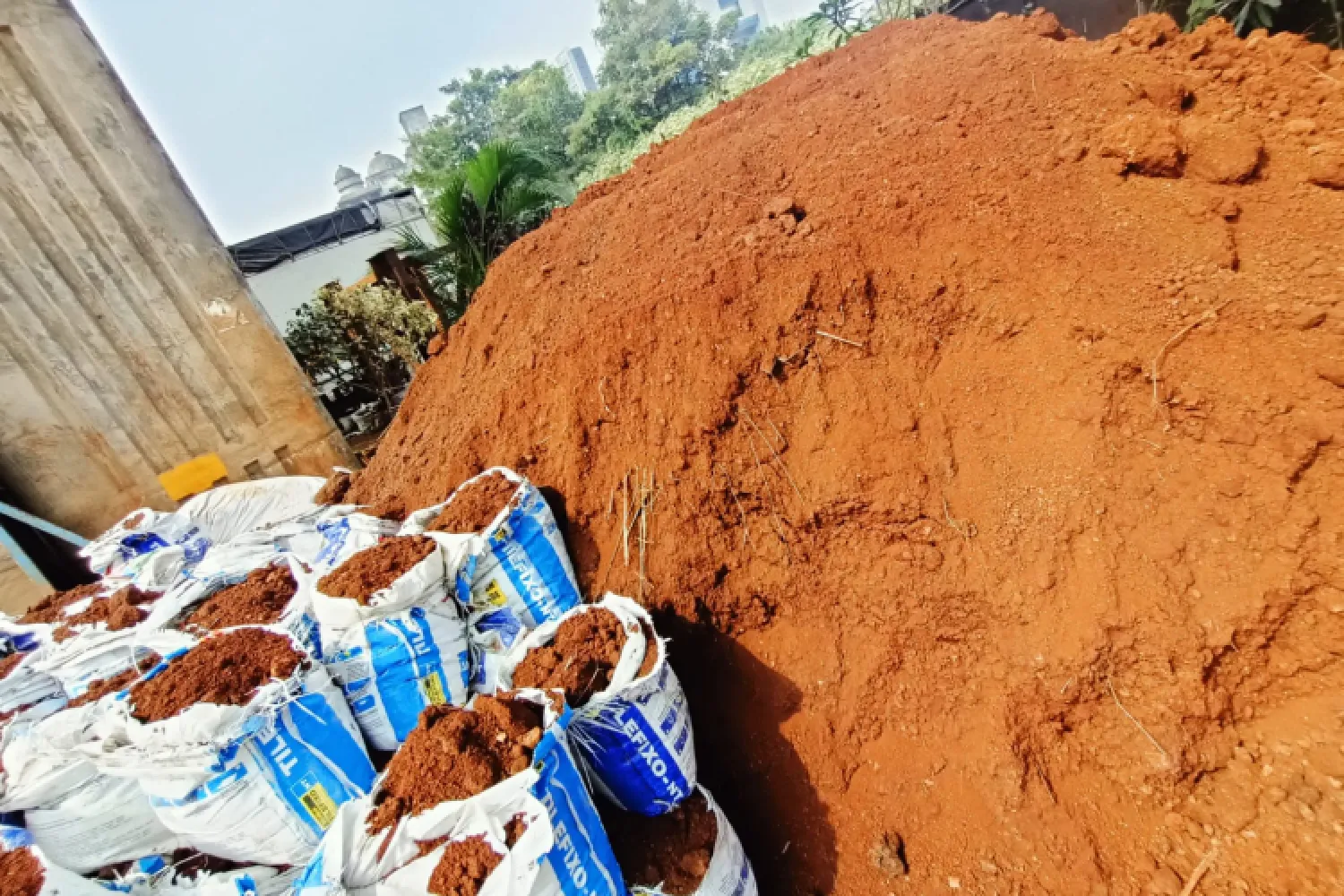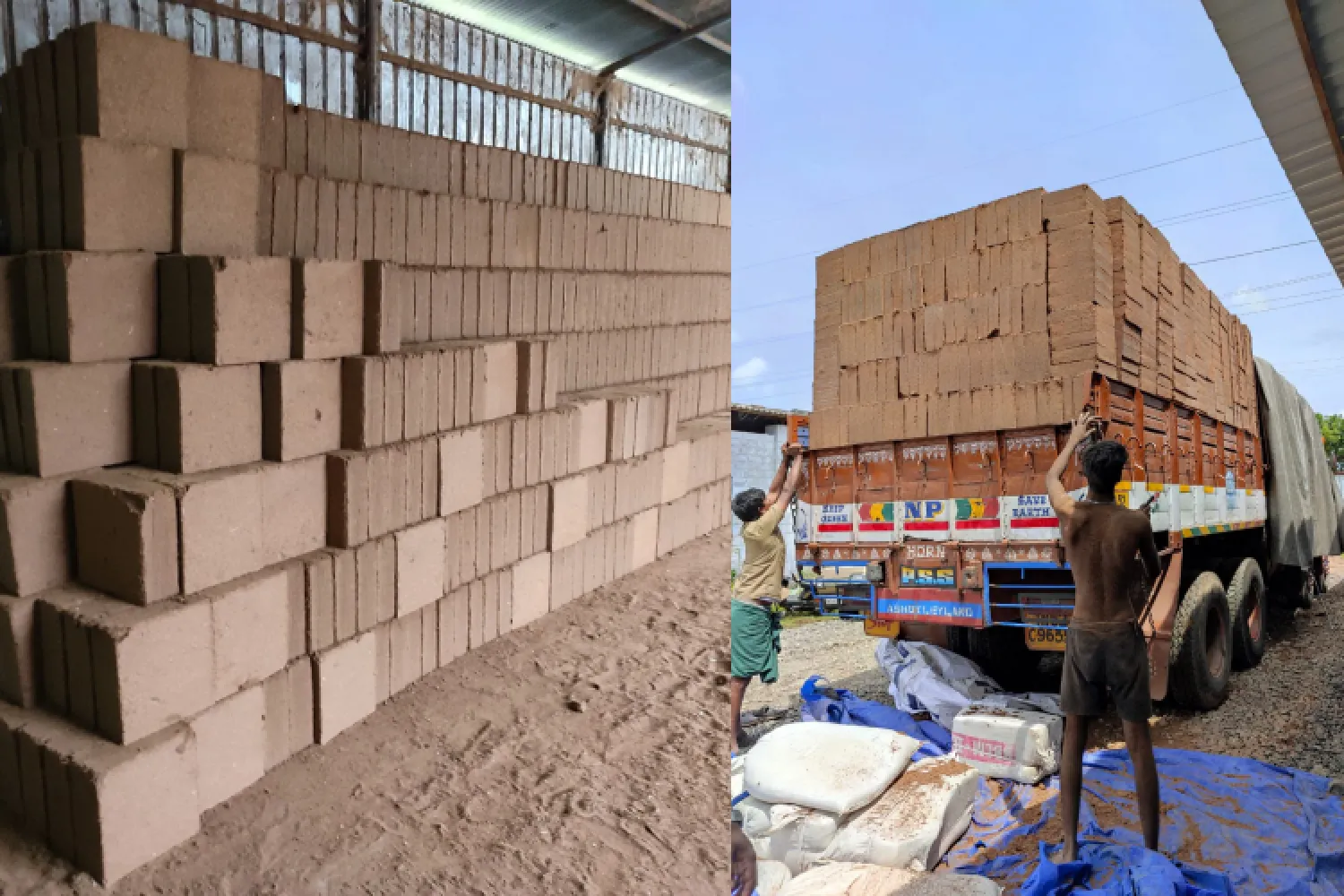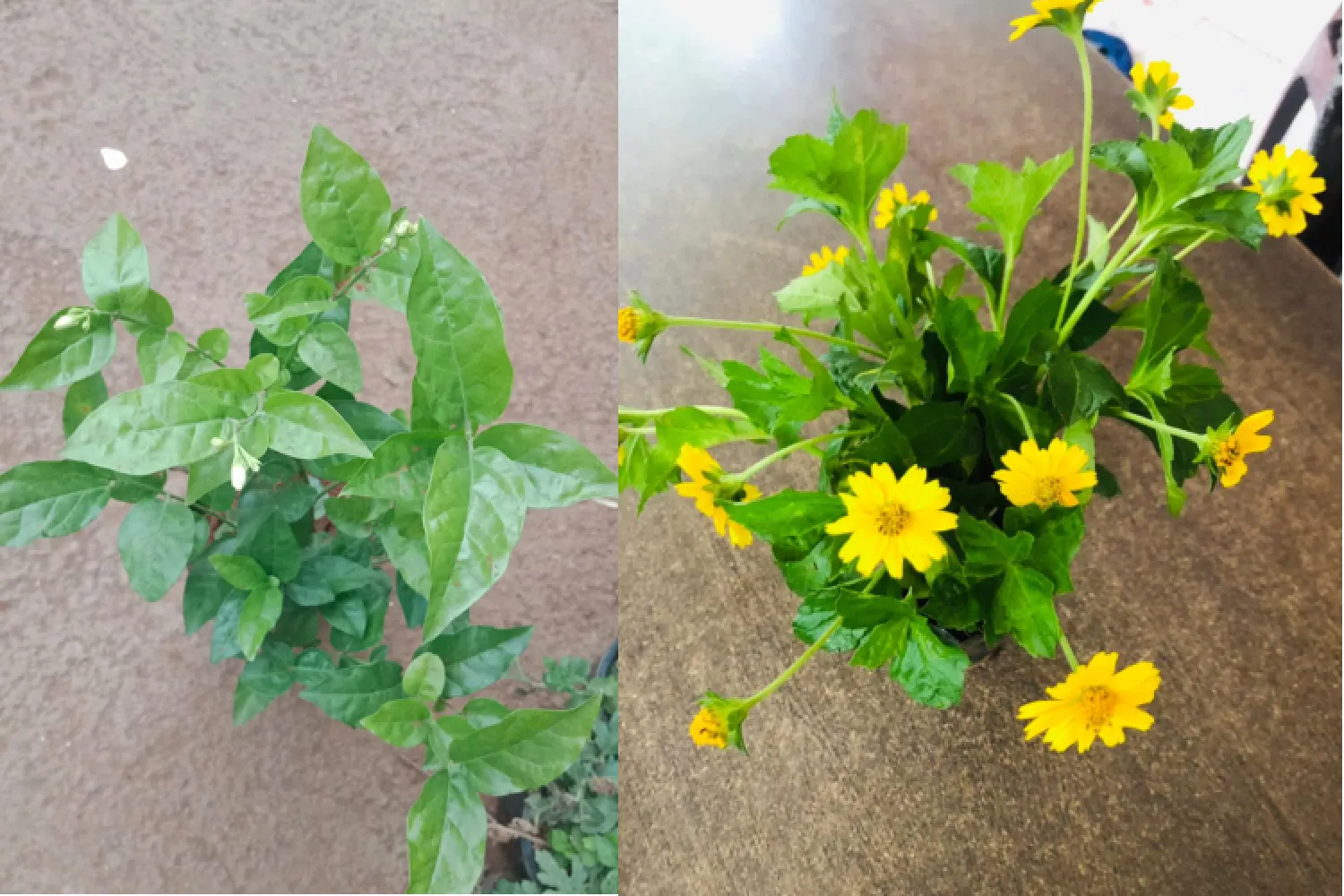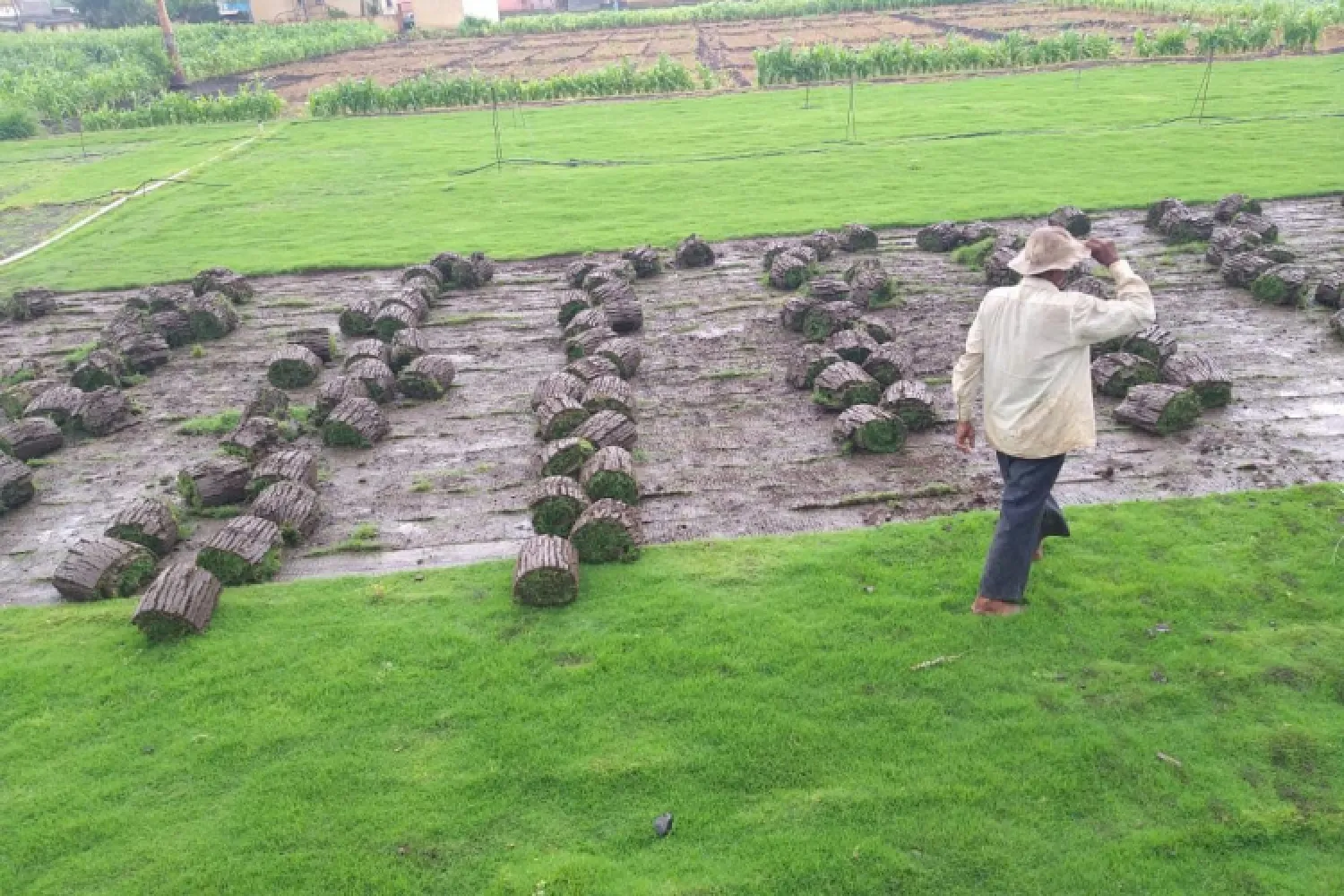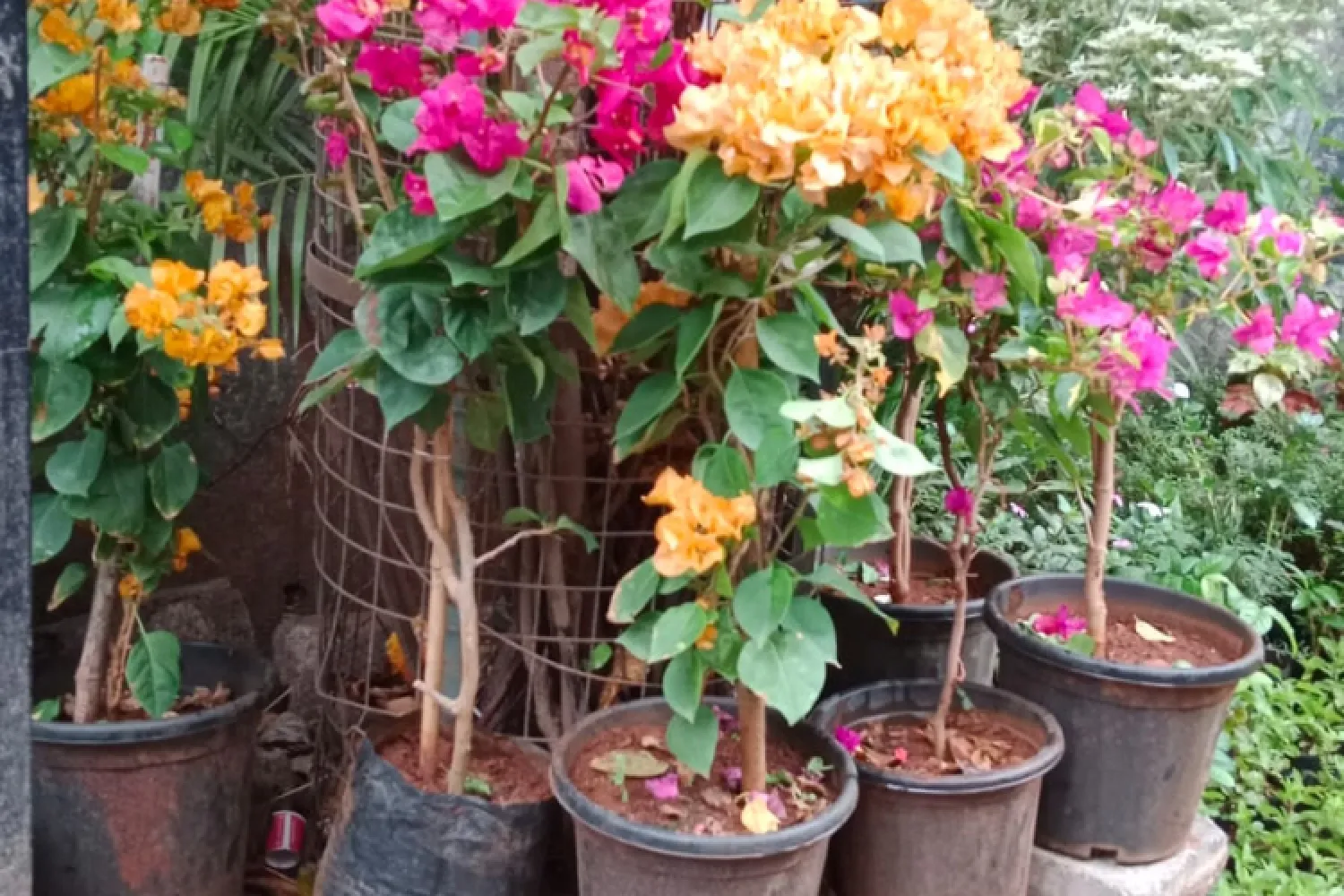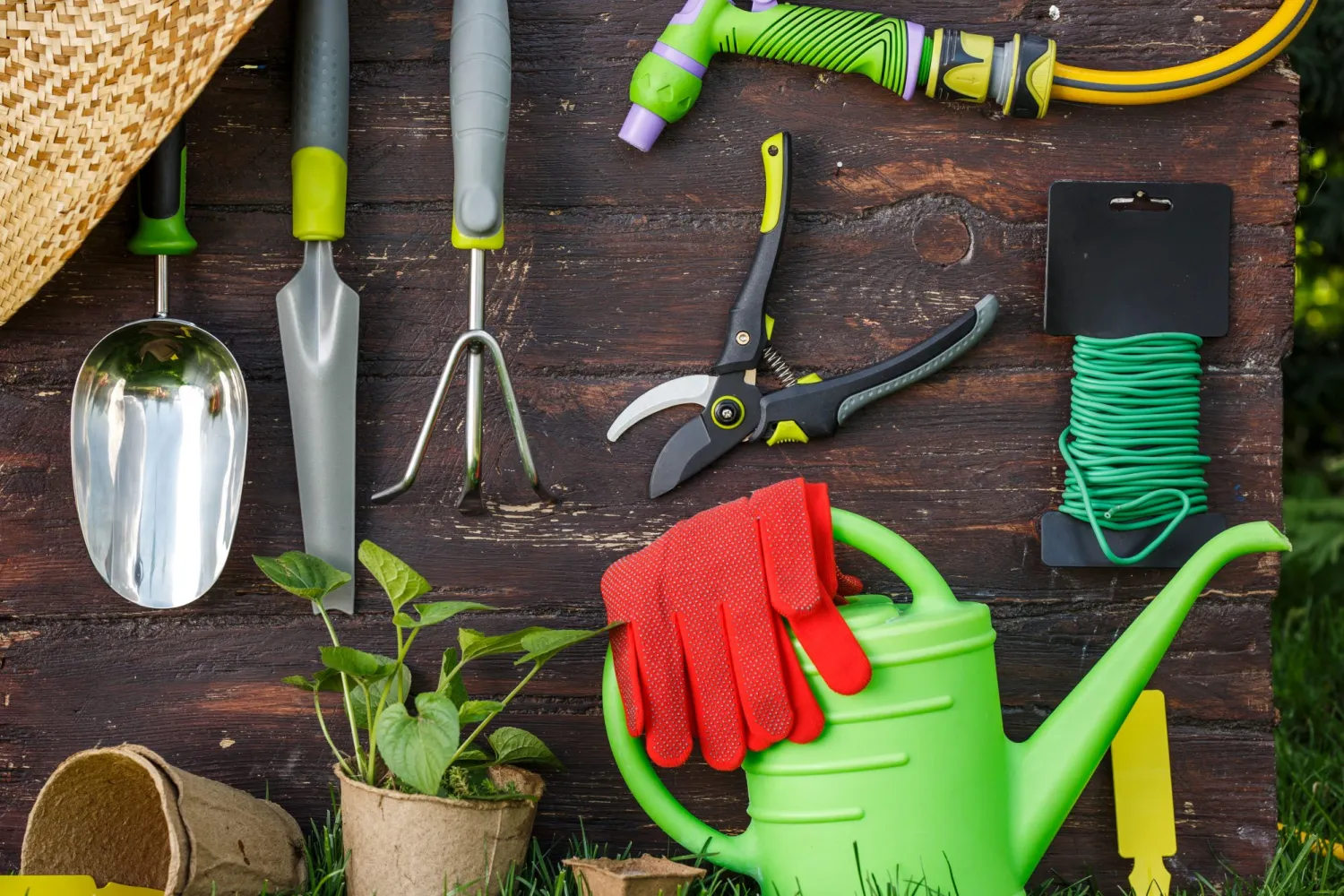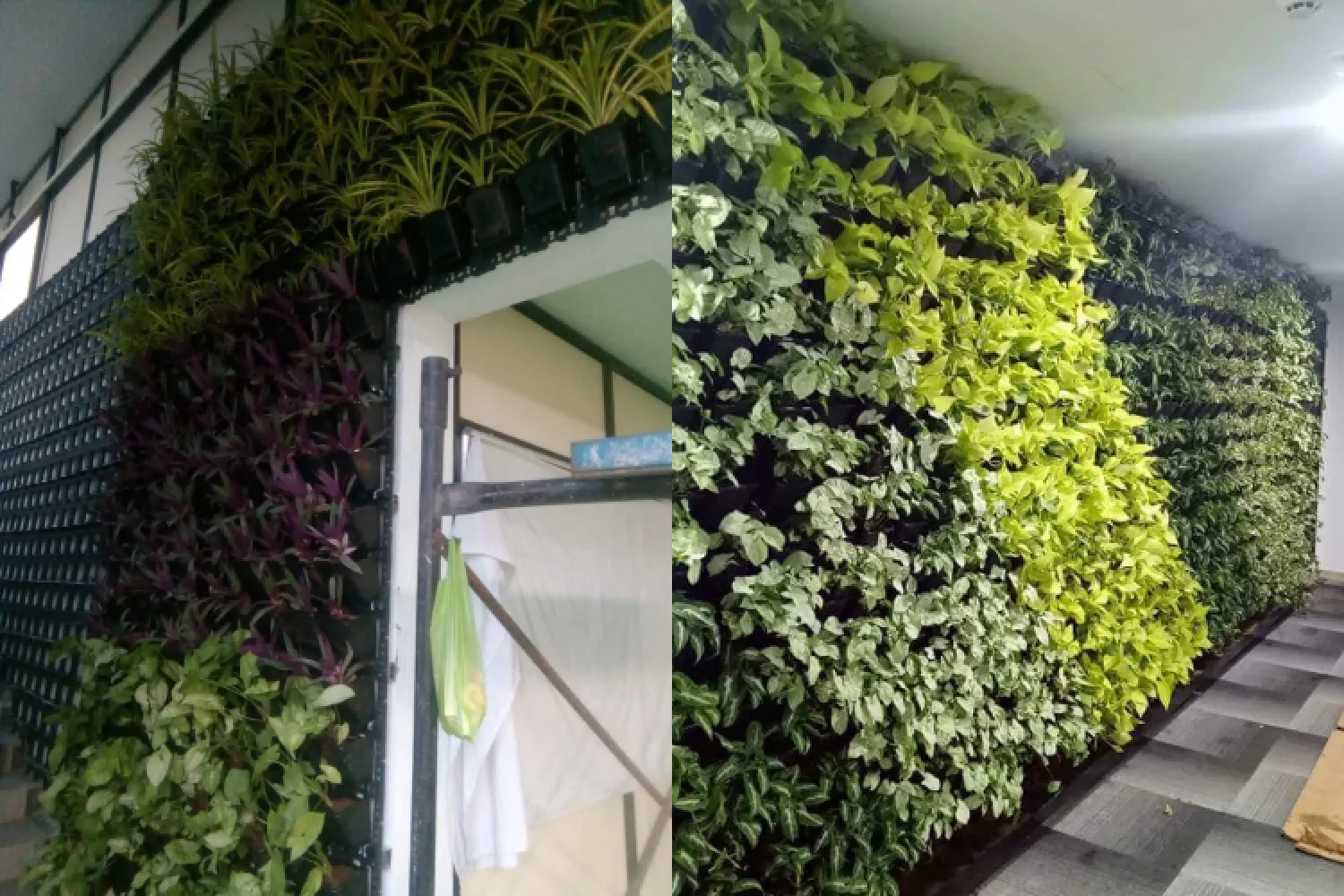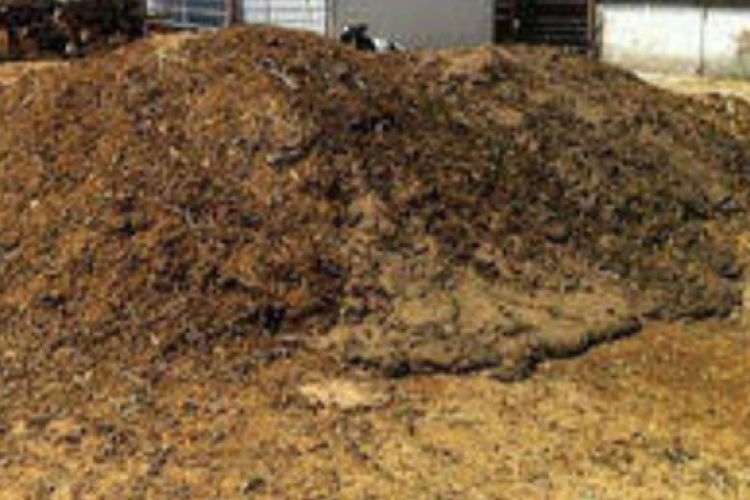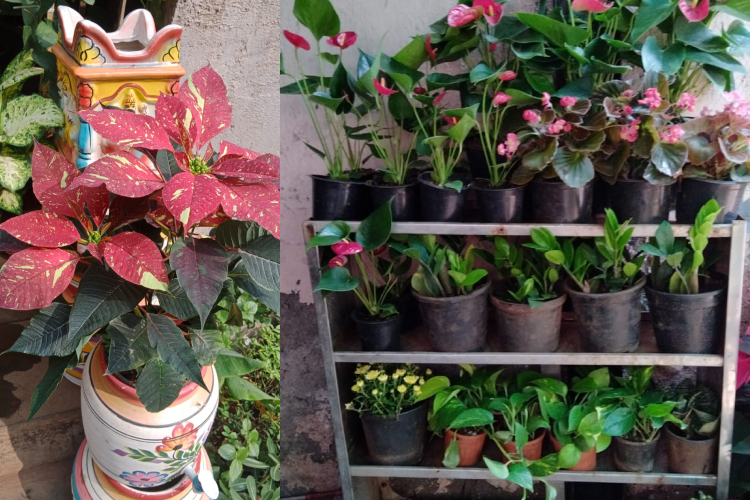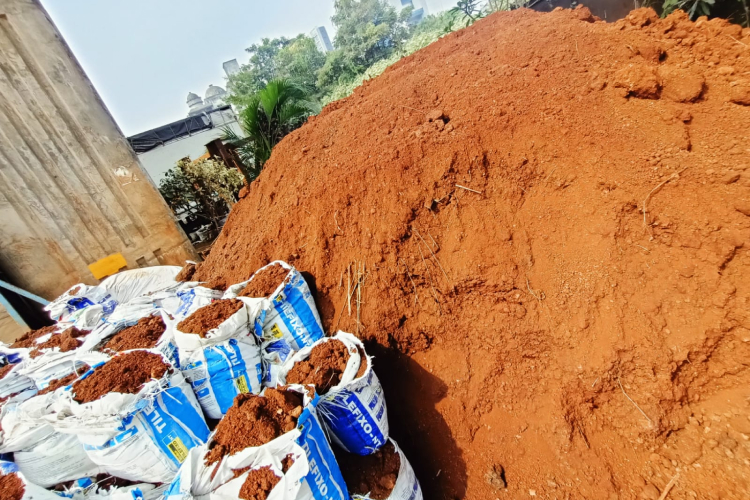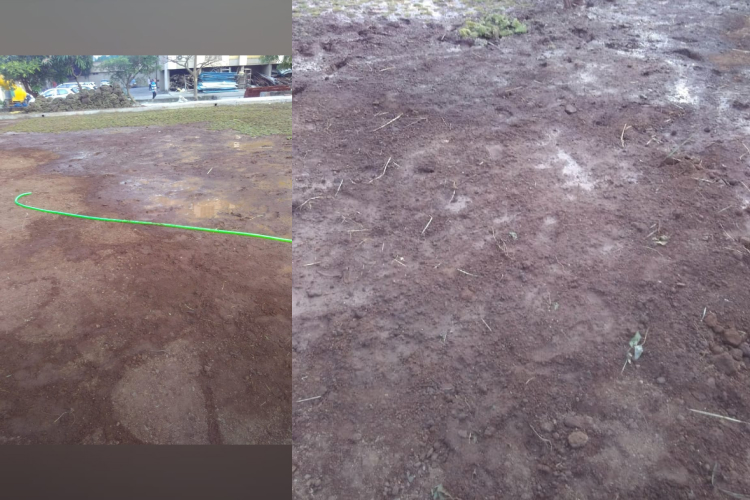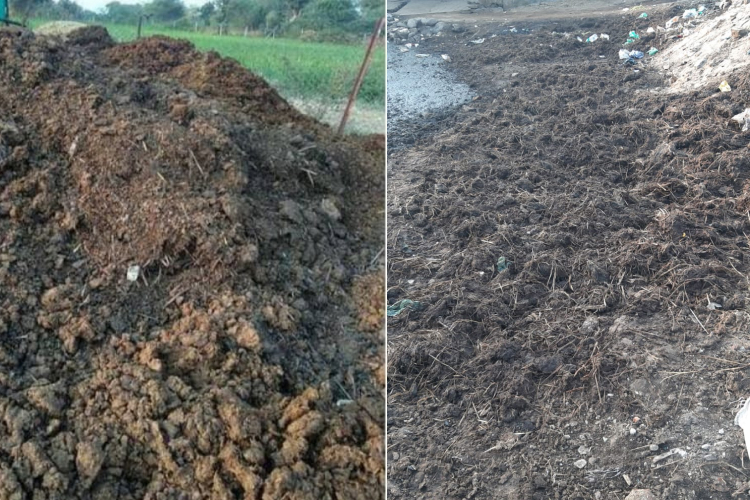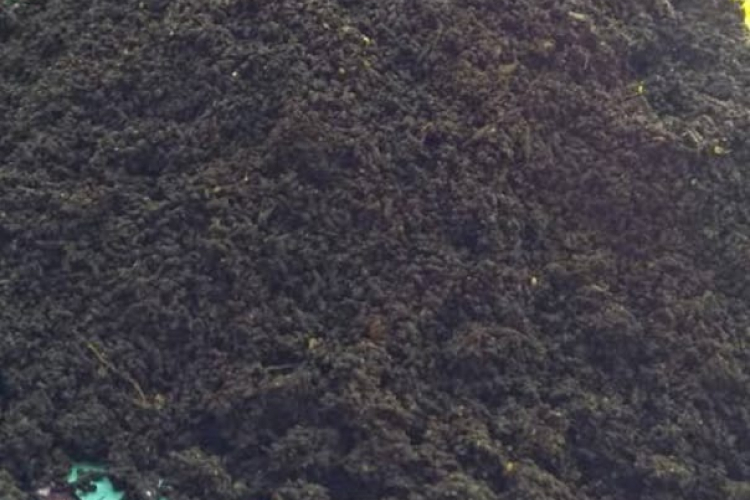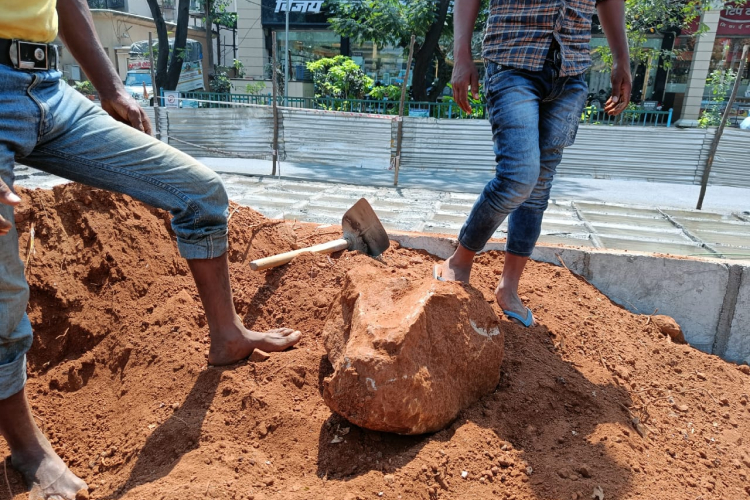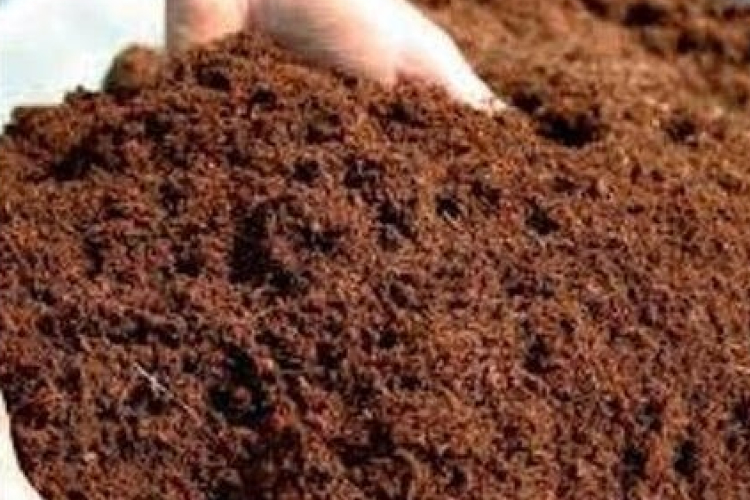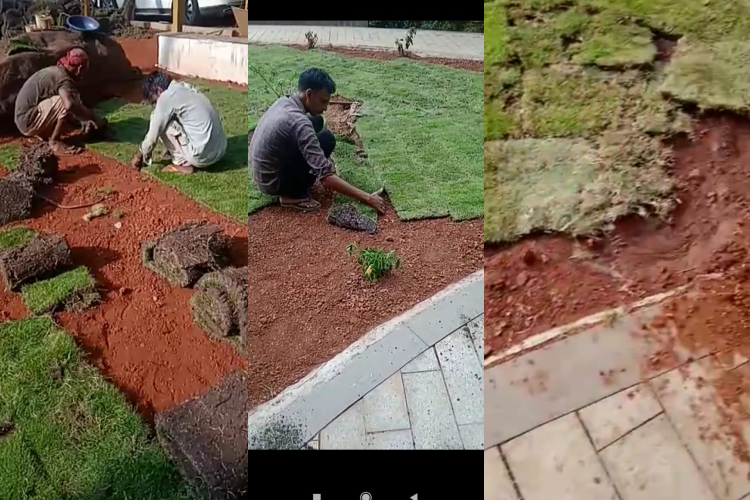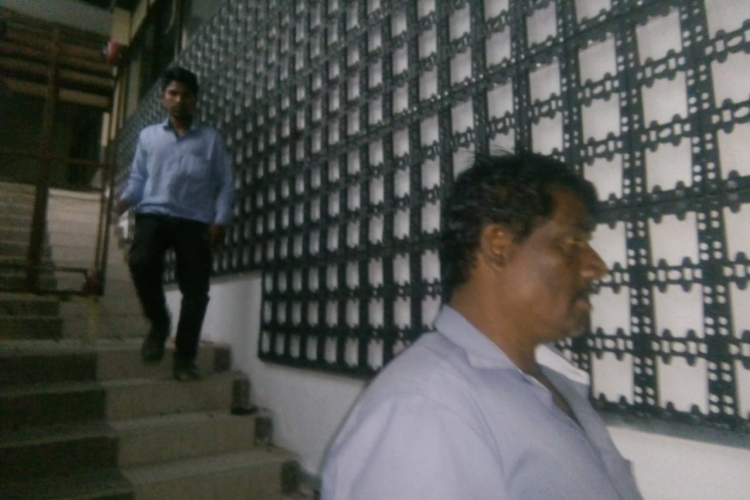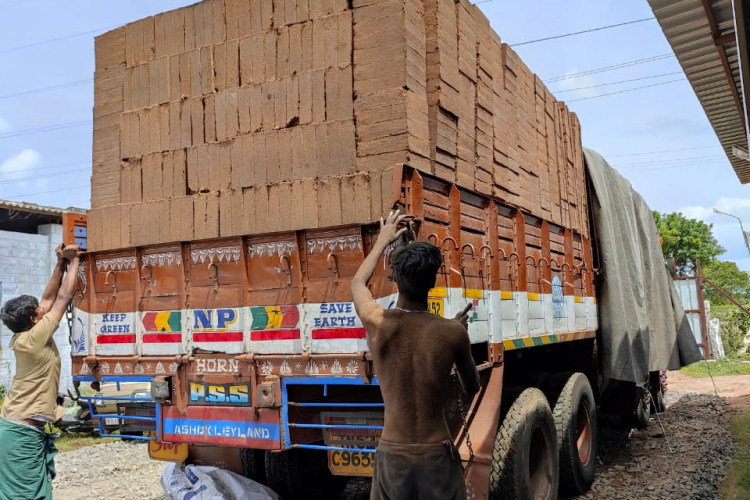Red Soil
Red Soil
Red soil is often used for agriculture because it is fertile and well-drained. It is especially beneficial for crops that require a lot of nutrients, such as bananas and sugarcane. Red soil can also be used to grow other types of crops, such as vegetables and fruits.Red soil contains a high percentage of iron content, which is responsible for its color. This soil is deficient in nitrogen, humus, phosphoric acid, magnesium, and lime but fairly rich in potash, with its pH ranging from neutral to acidic The red soils, with the proper use of fertilizers and irrigation techniques, give good yield of cotton, wheat, rice, pulses, millets, tobacco, oil seeds, potatoes and fruits. Great for growing things. However, it's certainly not perfect and I do have to deal with clay in my gardens. For those of you with red clay soil, you often have to deal with hard-packed material that may or may not have a layer of topsoil. With a little work, you can have a very productive garden.Red soil is available in various specifications and good products to the customers. The Red Soil PH Value Exactly Suitable for Home Garden Plants. Red Soil well aerated and well drained while still being able to retain enough moisture for plant growth. It Enhances plants growth.The primary reasons why LED fixtures emit a lot of red are 1) red LEDs are among the most efficient at converting electricity into photosynthetic photons, 2) chlorophyll strongly absorbs red light, thus it is effective at photosynthesis, and 3) red LEDs are relatively inexpensive. CROPS ARE GROWN IN RED SOIL ARE : Rice, wheat, sugarcane, maize/corn, groundnut, ragi (finger millet) and potato, oil seeds, pulses, millets and fruits such as mango, orange, citrus, and vegetables can be grown under ideal irrigation.
Soil:::Know Your Soil Type
Before you begin planting, dig up a scoop of soil and take a look at its texture. Is it dense and heavy and clump together when wet? Or is it loose and free flowing, like play sand? Maybe it’s somewhere in between, feeling somewhat sticky but crumbling easily, like a freshly baked cookie.All soils are a mixture of mineral particles — primarily clay, sand, and silt. Often they will contain higher amounts of one type of particle relative to the others. That doesn’t make them bad growing mediums, but it will affect their density, drainage rate, and capacity to hold nutrients.With each soil type, there are trade-offs. Here’s a quick overview:
Clay soils have tiny, dense particles that hold large reserves of moisture and nutrients. However, clay soil also drains slowly and can become hard and compacted when dry.Sandy soils are just the opposite, with large particles that water moves through easily — along with important nutrients.Silts have fine particle sizes that pack together tightly, inhibiting drainage and air circulation.Loam is the ideal soil for most plants; it contains a balance of all three mineral particles and is rich in humus (what’s left after organic matter decomposes).
Adding organic matter is the best way to make your soil more loam-like and improve its structure. Another option is to build a raised garden bed and fill it with a well-balanced soil mix. Or take the simple approach by growing plants that do well in your soil type, such as choosing drought-tolerant plants for sandy soils. You can grow a garden successfully in any soil, as long as the plant’s roots are accustomed to the conditions.
2. Test the pH of Your Soil
The pH of your soil is one of the most important factors in determining its fertility. If your soil is too alkaline (with a pH above 7.5) or to acidic (with a pH below 5.5), that can make a big difference in which nutrients are available to your plants.
Although most plants will tolerate a wide range of pH levels, they prefer slightly acidic soils (with a pH of 6 to 7) because important nutrients such as nitrogen, phosphorus, potassium, calcium and magnesium dissolve readily in that environment. In soils that are too acidic or alkaline, your plants may get too much of some nutrients and not enough of others.
![]()
![]()
![]()
![]() Best Red Soil Suppliers In Mumbai
Best Red Soil Suppliers In Mumbai
Service Categories
Featured Services
;

